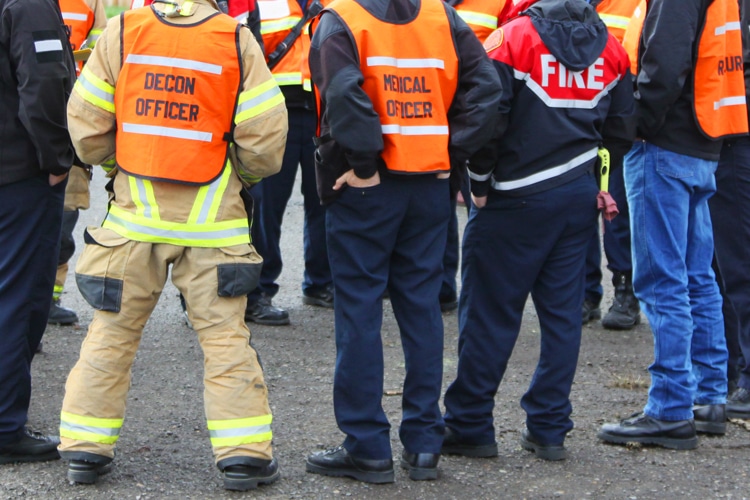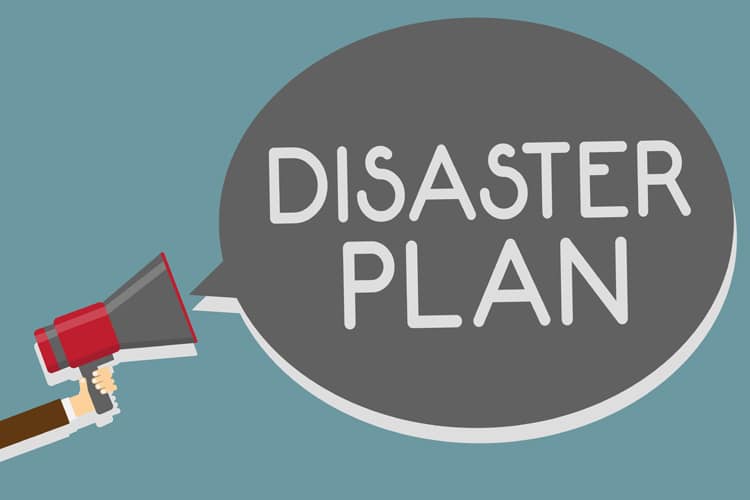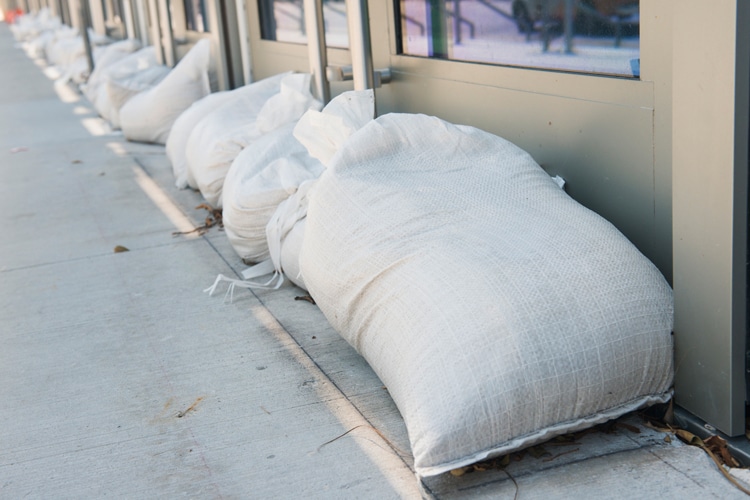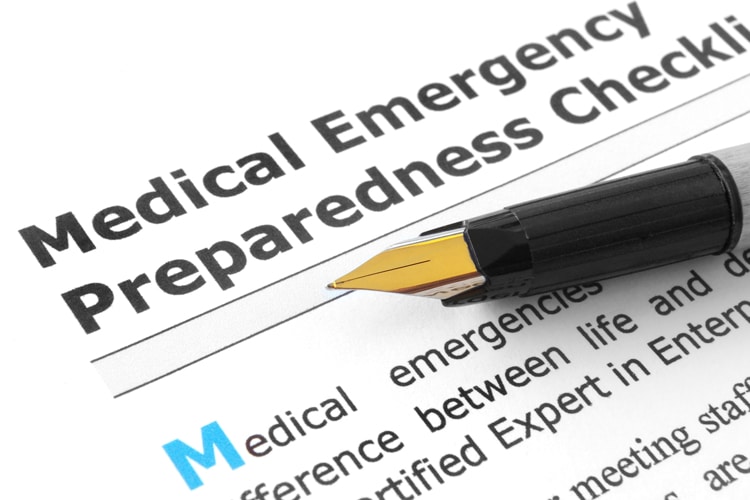Become Part of the Emergency Preparedness Team
Mitigation and preparedness efforts both aim to prevent loss of life and property damage by reducing the impact of a disaster; however, mitigation includes analyzing, reducing, and insuring against risk.

Disaster Preparedness
Mitigation and preparedness efforts both aim to prevent loss of life and property damage by reducing the impact of a disaster; however, mitigation includes analyzing, reducing, and insuring against risk. Preparedness is centered on organizational levels that are used to structure management of the incident, including early warning systems, preparedness plans, and training to improve response. Emergency relief and response include multidisciplinary teams from local, state, and federal agencies. Preparing responders includes defining roles/responsibilities and ensuring they have the training and equipment needed to participate in response efforts.
Photo Credit: BenDC / iStock / Getty Images Plus

Dental Members of the Team
In addition to investigators, dental identification (ID) teams can include forensic pathologists, anthropologists, medical examiners, and forensic odontologists. The American Board of Forensic Odontology supports the use of dental hygienists as members of mass fatality victim dental identification (DVI) teams, and dental hygienists have served on victim ID teams in previous disasters. These teams are managed by a forensic odontologist (dentist) who can designate dental volunteers to subsections of dental teams including: identification of a dental registrar, post-mortem (PM) and antemortem (AM) dental record teams, dental radiographers, and records reconciliation teams.
Photo Credit: asiseeit / E+

Role of Dental Hygienists
DVI is technically challenging and environmentally difficult. More training is needed to prepare dental hygienists for biohazards associated with natural and man-made disasters, as well as for working in temporary morgue settings. Forensic dentistry is a vital contributor to the identification of victims in mass fatality incidents (MFIs); however, each MFI and management of victim identification is unique. Forensic odontologists and dental hygienists not only require education in their professional area of expertise—they also need training to facilitate their safe and effective work with DVI teams and in the environments in which they are operating. Dental hygienists who volunteer for MFIs may need to live and work in environments where occupational and environmental risks are high.
Photo Credit: Artur / iStock / Getty Images Plus

Necessary Equipment
Dental hygienists can support the preparedness of disaster ID teams by helping to maintain equipment and response kits. The equipment used by dental ID teams is similar to what is used in routine clinical care; however, several major differences exist in infection control and radiation safety standards. Response kits should be maintained and include a lead apron, X-ray image receptor holders, portable X-ray devices with press-and-seal wrap barriers, personal dosimeter badges, surgical gown with full sleeves, surgical cap, protective eye goggles, the appropriate mask, shoe covers, surgical caps, and utility wax.
Photo Credit: Boogich / iStock / Getty Images Plus

Office Requirements
Dental hygienists who own their practices, are directors of clinics, or who help manage dental practices also need to safeguard their facilities, staff, and patients in the event of a disaster. Emergency preparedness protocol should consider a wide range of possible scenarios to include mudslides, earthquakes, fires, hurricanes, avalanches, floods, and tornadoes or man-made incidents involving transportation accidents, bioterrorism, power and structural failures, detonated bombs, chemical spills, radiation leaks, and active shooter situations. The Occupational Safety and Health Administration (OSHA) requires businesses with 11 or more employees to have a written emergency action plan. Emergency plans should include basic office emergency protocol, evacuation and escape routes and specified emergency alert equipment.
Photo Credit: i_frontier / iStock / Getty Images Plus

Response Roles
Dental hygienists can assist police, coroners, and medical examiners to find AM records to include collecting dental casts, fixed and removable dentures, orthodontic appliances, or photos taken for cosmetic work. Reconciliation teams enter AM and PM records into a computer database to search best matches. Participating in PM dental examinations to chart dental traits and conditions and exposing and organizing dental radiographs and intraoral photos can also be performed by dental hygienists. A multiverification approach is used during PM examinations and reconciliation to ensure accuracy. Typically three team members are involved—two forensic odontologists and a dental hygienist. In rotating order, one team member examines the teeth and calls out the findings to a second team member who records those findings. The third team member is an observer who makes sure each finding is called out and recorded correctly.
Photo Credit: asiseeit / E+

Safety First
To optimize the efficiency and effectiveness of response capabilities, each member of the dental ID team should possess the necessary skills (and preferably experience) in the necessary equipment, software, and biosafety standards when working in a temporary mortuary setting. The collection, interpretation, recording, and comparing of AM and PM dental records are time consuming and complicated.

